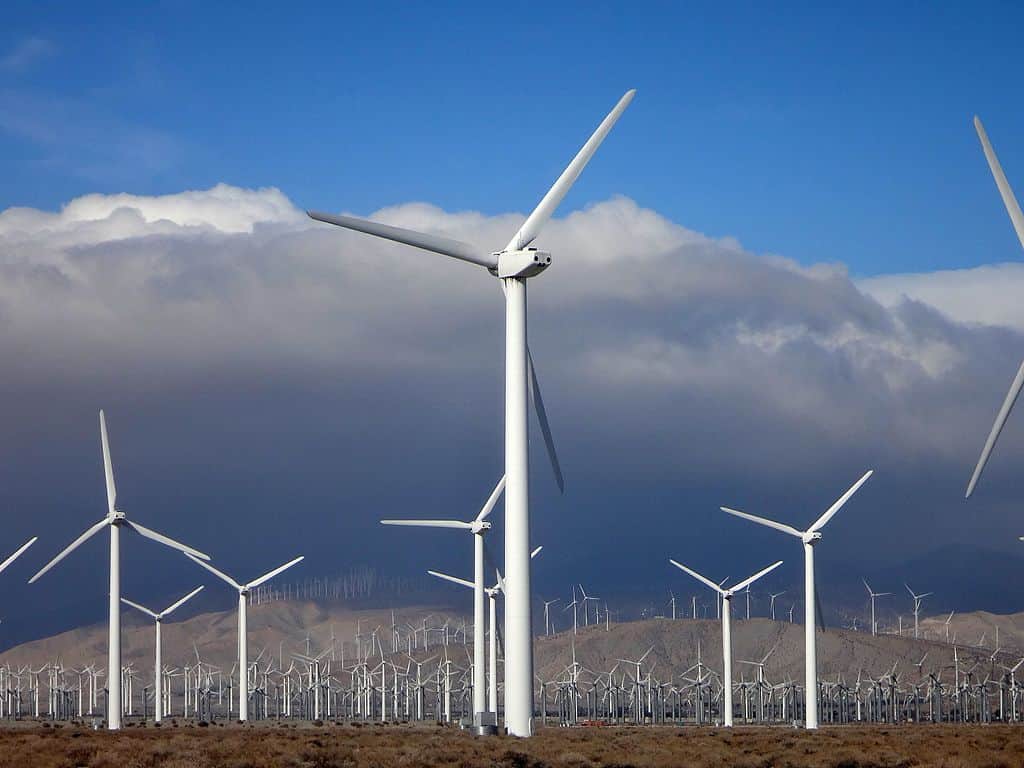Record growth in solar and wind energy last year allowed worldwide electricity generation to reach its cleanest-ever level, a report found. The new study reflects what the authors say could mean the beginning of the end of the fossil era.
The analysis from the organization Ember found that 12% of the world’s power came from solar and wind in 2022, up from 10%.

Reducing greenhouse gas emissions from the power sector is fundamental to limiting global warming and preventing further consequences from climate change. According to the researchers from Ember, emissions from the sector will start to drop slightly this year, and will continue to do so even further in the following years as renewables expand.
“In this decisive decade for the climate, it is the beginning of the end of the fossil age. We are entering the clean power era,” Małgorzata Wiatros-Motyka, Senior Electricity Analyst at Ember, said in a media statement. “The stage is set for wind and solar to achieve a meteoric rise to the top. Clean electricity will reshape the global economy.”
Renewables are expanding
Ember looked at electricity data from 78 countries, which represent 93% of the global electricity demand. Over 60 countries are now generating more than 10% of their energy from wind and solar, with Europe taking the lead. Denmark, for instance, had the largest proportion of wind and solar in its electricity mix at 60.8% last year, they found.
Solar was the source of electricity that grew the fastest for the 18th consecutive year, increasing by 24% from 2021. Ember estimated that solar power added enough electricity to power all of South Africa.
Wind power, meanwhile, rose by 17%, which is enough to power all of the UK. Altogether, renewables reached 39% of global electricity.
Coal and other fossil fuels met the remaining gap, driving up greenhouse gas emissions, the report showed. Coal, the world’s most polluting fossil fuel, was the single largest source of electricity worldwide last year, producing 36% of the global power. Coal generation rose by 1.1%, while gas-fired power declined by 0.2%.
For this year, Ember forecasts that wind and solar will expand enough that total electricity production from fossil fuels will drop slightly and continue declining through at least 2026. Renewables might also benefit in 2023 from a recovery of nuclear power and hydro plants, which were affected by droughts last year, the report reads.
Any decline in fossil fuels is good news in our ongoing battle to tackle climate change. However, there’s still a long way to go to achieve the target of the Paris Agreement of limiting global warming to 1.5 degrees Celsius. Ember found that fossil fuels will still produce 3% more electricity in 2026 than a decade earlier, when the accord was signed.
The International Energy Agency (IEA) said in a report last year that the electricity generation sector has to transition from being the highest-emitting sector to the first one to reach net zero by 2040. This will require wind and solar to account for 41% of the global power mix by 2030, Ember estimated, a major increase from the 12% reported last year.
“A new era of falling fossil emissions means the coal power phasedown will happen, and the end of gas power growth is now within sight. Change is coming fast. However, it all depends on the actions taken now by governments, businesses and citizens to put the world on a pathway to clean power by 2040,” Wiatros-Motyka said in a statement.
The full report can be accessed here.






